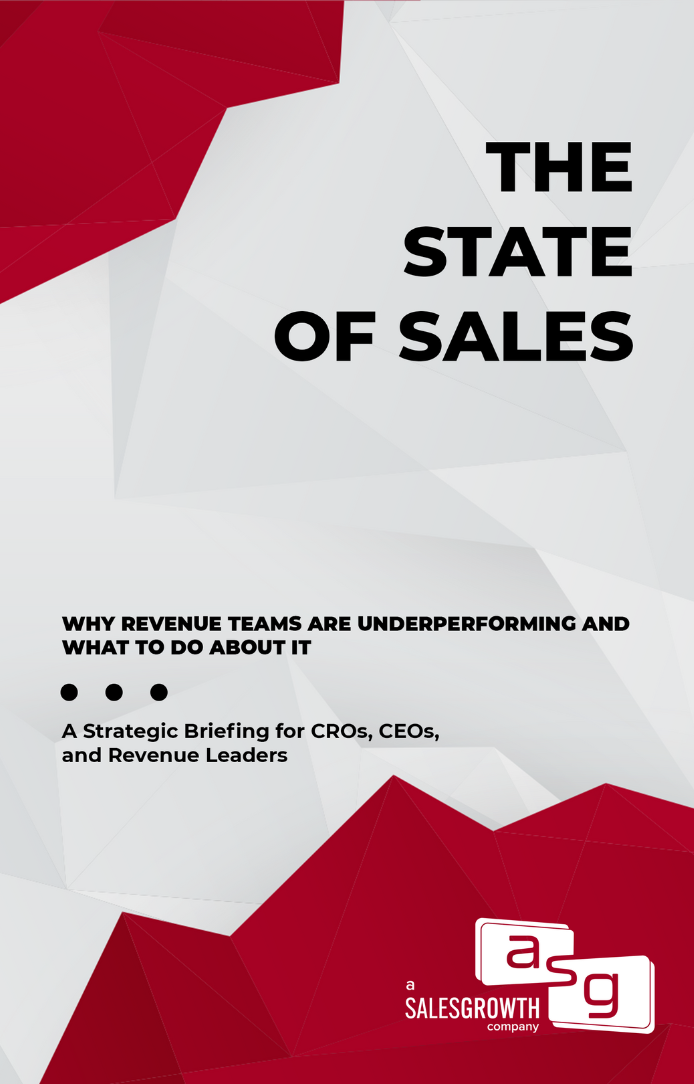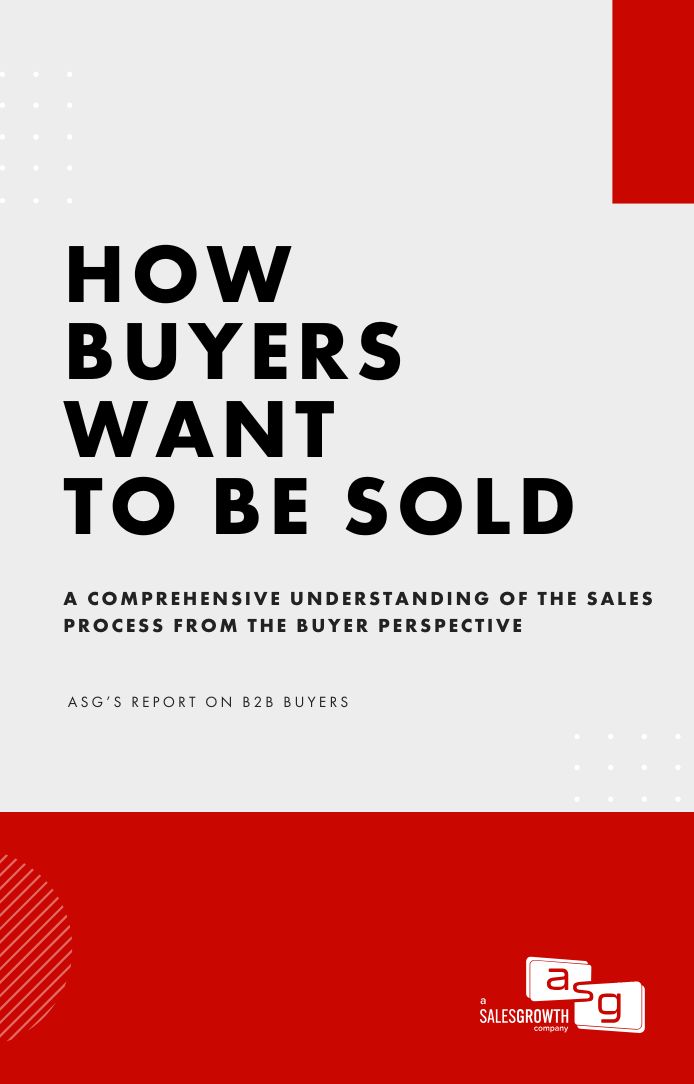Ah, the dreaded price objection. What many think is a sign the price is too high is actually a sign the deal was handled wrong. It usually means the rep skipped steps, rushed to pitch, or failed to connect the solution to a real business problem.
Price objections are completely avoidable if you know how to uncover the impact of the problem, what’s causing it, and why the buyer needs to change. Price will always take a back seat when the buyer understands what’s at risk if they don’t act.
This article breaks down why price objections happen, how to prevent them, and what to do when they come up.
You don’t need a corporate budget to sell like a pro. Don’t have company support? That’s no excuse to sell poorly. This online Gap Selling course was built for you – FREE Trial.
What Causes Price Objections in the First Place?
Most price objections happen because the rep pitched a solution before understanding the problem. When buyers say, “It’s too expensive,” they’re really saying, “I don’t see the value.”
That disconnect starts in discovery. If you haven’t uncovered what’s broken, what it’s costing them, and why it’s worth fixing now, the buyer has no reason to move forward, especially not at full price.
It also happens when the conversation centers on the product. Talking about features too early shifts the buyer’s attention to cost, not change. But when the focus is on real business problems and measurable outcomes, the price becomes a logical investment.
Price objections aren’t about price. They’re about uncertainty. And that uncertainty comes from poor selling.

Get The Comprehensive Breakdown of Why Sales Numbers Keep Falling
Sales numbers keep falling despite record investment. This breakdown exposes the systemic failures driving the decline.
Preventing Price Objections Before They Start
Price objections don’t need to be handled if they never come up. The best way to avoid them is to slow down in discovery and do it right.
Don’t move forward until you’ve confirmed the problem is real, costly, and tied to specific outcomes the buyer cares about. That means getting clear on four things:
- What’s broken
- Why it’s happening
- How it’s impacting the business
- What changes if it gets fixed
When those elements are in place, your solution has weight. It’s not a product. It’s a fix. And the cost of your fix gets judged against the cost of staying put, not the buyer’s original budget.
This also gives you leverage. If a buyer tries to negotiate, you’re in a position to hold firm. You can point back to their own data. You can say, “You told me this problem is costing your team six figures a year. We can solve it for a fraction of that. What’s holding you back?”
It’s a different kind of sales conversation. One that puts you in control, without needing to defend the price.
How to Handle Price Objections the Right Way
When buyers push back on price, don’t defend the number. Revisit the problem.
If they say, “That’s more than we budgeted,” bring them back to what it’s costing to stay where they are. If they say, “It feels expensive,” ask why, then compare it to what they stand to gain.
The most effective move is simple: pause and ask a direct question tied to their own words.
“You mentioned this issue is costing $600K a year. Help me understand, why does $80K feel too high to fix it?”
Let the silence do some work. Don’t rush to justify. If you’ve done your job in discovery, the numbers already tell the story.
The buyer’s problem, not your price, is the anchor. If the problem is urgent, costly, and clearly defined, the price becomes easier to accept. The key is making sure that problem is visible and understood before the proposal ever goes out.
When to Hold Your Ground and When to Adjust
Most price objections don’t warrant a discount. Lowering your price usually signals weakness, not value. If the buyer pushes back, your first move is to revisit the problem.
Budget constraints aren’t your problem to solve. If the value is clear and the business case is sound, lack of budget is a prioritization issue on their side, not a pricing issue on yours.
If the scope of the solution doesn’t align with the size or urgency of the problem, adjust the scope. Don’t adjust the price. Misalignment should be solved with better packaging rather than concessions.
The exception is when a competitor can deliver the same outcome with similar impact, speed, and confidence. In that case, you’re no longer negotiating price, you’re competing on value. Make sure your differentiation is visible and defensible before you consider any changes.
Your price reflects the problem you solve. If the problem is real, and your solution fixes it, stand firm.

Hear Directly From 1,200 Buyers on What Works and What Doesn’t
Buyers are tired of seller-driven agendas and empty discovery questions. This report shows what they say works across outreach, discovery, and demos.
Confidence in Price Conversations
Buyers notice hesitation. If you show uncertainty when they question the price, you lose credibility. You have to know what your solution is worth and stay firm.
Confidence comes from preparation. When you’ve uncovered the problem, the impact, and the reason for change, you don’t need to justify the number. You’ve already tied it to something that matters to the buyer.
Many reps panic when the buyer goes quiet. They rush to fill the space with a discount. That’s a mistake. State the price and stop talking (According to Gong, top reps pause twice as long as average reps after stating their price). Let the buyer think.
If the value is clear, they’ll come back with a real question or a decision.
Final Thoughts
If buyers push back on price, look at how the deal was sold. Most objections trace back to a weak discovery or a vague problem statement. Without clear impact or urgency, any price feels high.
Strong selling removes the need to negotiate. When the buyer understands what’s at stake and sees a direct path to a better outcome, the price makes sense.
Do the work early. Stay focused on the problem. And stop discounting by default.



0 Comments